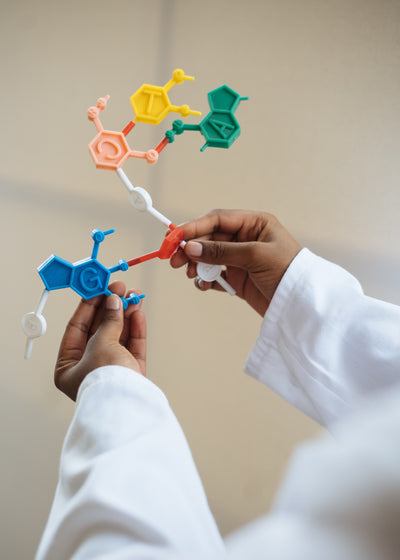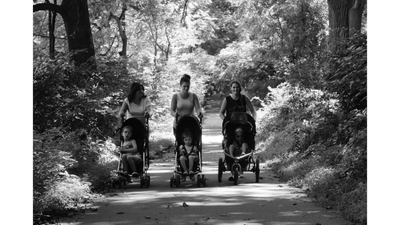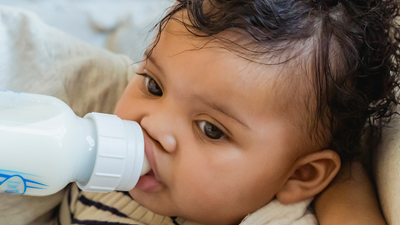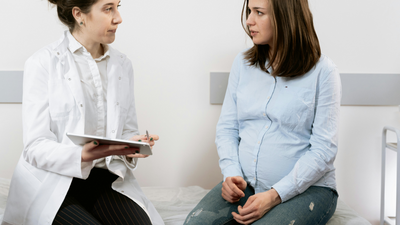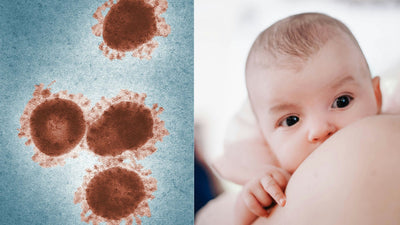The Link Between Breastfeeding and Breast Cancer
By Jordan Berns
Doctors often talk about breast milk’s long and short-term health benefits for babies. But did you know that breastfeeding can help mothers’ long-term health as well?
Recent studies have found that breastfeeding longer than one year can reduce a woman’s risk of having certain types of breast cancer. Breast cancer is the most common cancer afflicting women in the United States and the most deadly form of cancer for women. A Kaiser Permanente experiment (Journal of the National Cancer Institute - April 28, 2015) found that women who had breastfed their babies were less likely to see recurrent breast cancer. Women who had nursed their babies had a 30% lower risk of their cancer returning and a 28% lower risk of dying. These numbers improved when women had breastfed for 6 months or more.
A diagnosis of “breast cancer” by itself is vague. Breast cancer, a heterogeneous disease, has many different tumor subtypes, all with different prognoses, and how breastfeeding and childbirth interact with them. The predictions for breast cancer are affected by the amount of pregnancies, onset age of menopause, age of first period (menarche), age when they first gave birth, total amount of time spent breastfeeding, and usage of menopausal hormone therapy.
Luminal A (the most common) or Luminal B subtypes are tumors with estrogen (ER) or progesterone receptors. Luminal A has the highest survival rates. Triple-negative breast cancers have basal-like tumors without progesterone receptors, ER expression, or human epidermal growth factor 2 (HER 2). Triple-negative cancer has the lowest survival rates, and is most commonly found in premenopausal or non-Hispanic black women. Hormone receptor negative cancer expresses HER2 and presents with basal-like tumors.
Breastfeeding may reduce your risk of breast cancer!
Giving birth, but not breastfeeding, reduces the risk of breast cancer in hormone-positive subtypes, but it’s possible that giving birth increases the chances of having triple-negative and ER-breast cancers. Mothers who didn’t breastfeed are 2.18 times more likely to have triple-negative breast cancer than women who have never had a child. HER2-negative cancer had a 48% decrease in recurring breast cancer cases and a 48% lower chance of dying than women with the same cancer type who did not breastfeed. Women who breastfed have a higher chance of being diagnosed with the less aggressive luminal A subtype and may face a better chance of combatting tumors with anti-estrogen (hormone) therapy. Breastfeeding had little impact on other types of breast cancer.
A 2002 study of 50,000 global women with breast cancer revealed that for every year a woman spends breastfeeding, her cancer risk decreases by 4.3% and lowers by 7% after each birth. Breastfeeding reduces the amount of breast cancer deaths in around 20,000 women. This number could double if women in higher-income countries breastfed for one year. Women in middle- and lower-income countries saw the same reduction after breastfeeding for two years.
How does breastfeeding minimize the dangers of breast cancer?
So, why does breastfeeding reduce rates of breast cancer? There are a few possible answers. Some researchers argue that that the biological act of breastfeeding encourages the differentiation of mammary cells postpartum that have a small risk of becoming cancerous. Another explanation is that breastfeeding, and eventually the weaning process, eliminates cells with damaged DNA from breast tissue. There is also the possibility that the lower estrogen levels from menstruating fewer times while breastfeeding can factor into this phenomenon. Breastfeeding also encourages women to eat healthier and abstain from smoking and alcohol, which can deter cancer.
Breastfeeding also reduces the likelihood of other cancers like ovarian and endometrial, as well as minimizing the chance of contracting hypertension and diabetes, which are cancer risks. While double mastectomies rule out breastfeeding, lumpectomies and radiation may only affect the afflicted breast, leaving a possibility for breastfeeding. Increasing the amount of formula given to their babies can help mothers who have undergone such procedures continue to breastfeed while keeping their babies at a healthy weight. You can also ask your doctor if there are any milk donors in your area. So whether you choose to breastfeed or not, make sure to perform a self-breast exam every month. Aim to execute this check-in several days after your period is over, so your breasts aren’t sensitive or swollen. Preventative care is so important for long term health; a little goes a long way!


